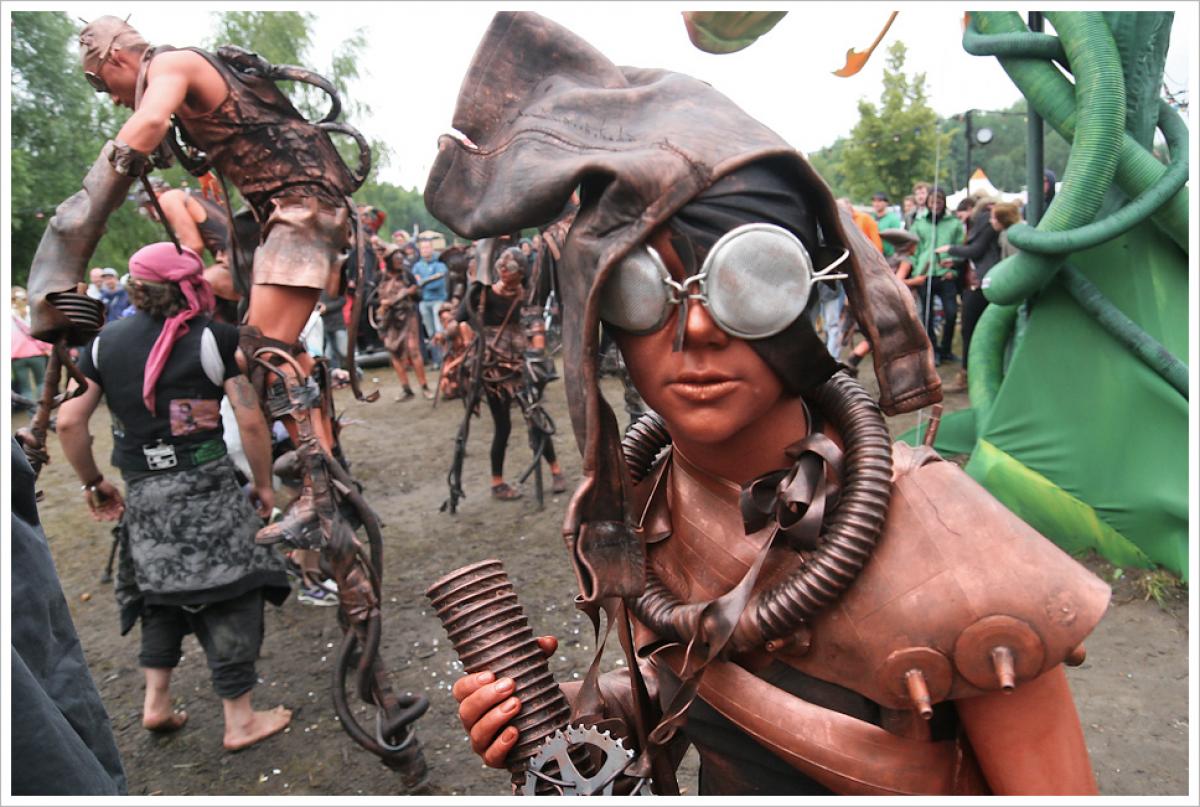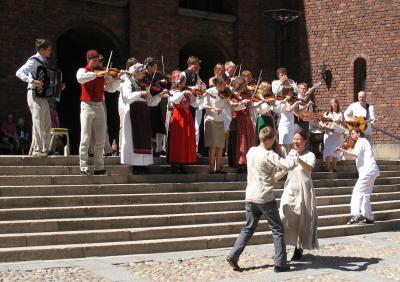The relationship between music and place has a long history. This article discusses the academic discourses regarding the relationship between music and place. From the Norient book Seismographic Sounds (see and order here).
Music and Community
At a vernacular level of understanding, perceptions of music and community often align with the idea that music situated at the community level is somehow more organic and authentic than imported mainstream music. Significantly, work such as that of McKinnon (1994) on the British folk music scene has demonstrated that such vernacular understandings of music are often as fabricated as those that pertain to understandings of more popular music forms as tied to place. Indeed, descriptors such as folk, although seemingly expressive of more long-standing, pre-modern musical traditions often encompass recent historical developments (in the case of British folk, the 1960s folk revival movement). Such romanticized notions of folk and traditional musics can also been see in more peripheral places, for example, in Serbia where turbo-folk combines traditional and electronic music elements in a discourse of national identity and regional belonging (Todorovic, 2005). Cohen’s (1991) work on local music-making practices in Liverpool, UK, engages with the way that individuals create narratives of locality drawing upon particular notions of community and weaving these together in creative and aesthetically potent ways to create their own discourses of the connection between music, space and place.
Music and Subculture
With the emergence of mass-produced popular music in the post-Second World War era, the concept of subculture gained a new lease on life as a means of explaining and theorizing the proliferation of style-based youth cultures. Originally applied by the Chicago School sociologists of the 1920s and 1930s to produce a sociological model of deviance, during the early 1970s subculture was adapted by cultural studies theorists in Britain to study a range of «spectacular» youth cultures including mods, skinheads and punks. Among the earliest uses of subculture in a post-war British context, Cohen (1972) saw palpable connections between subcultures and place as young subculturalists drew on musical and stylistic resources to engage in what Cohen referred to as the «magical recovery» of community as traditional working class neighborhoods were demolished to make way for new housing estates and tower blocks. Subcultural theory has been subsequently criticized for its metro-centric focus. Thus, Clarke (1990) observes that there is little if any appreciation in subcultural theory of the existence, and fate, of spectacular subcultures beyond the city. Indeed, such work is more frequently seen in youth cultural research outside the Anglo-American world, a pertinent example being Hafeneger et al.’s (1993) comparative study of regional and urban punks in Germany which raises the issue of the greater stigmatization experienced by regional punks.
Music and Scenes
Subculture has also been criticized due to its class-based focus and lack of reliance on empirical data. In response, a new paradigm of research emerged and is referred to as post-subcultural theory. A central concept associated with the latter is «scene». Although this term has been used for many years by musicians, audiences, journalists and others to describe clusters of musical activity, it was first conceptualized as an academic approach by Straw (1991). In an effort to move beyond subculture as a defining conceptual framework for examining the relationship between music, community and place, Straw proffered scene as a more expansive and flexible means of explaining collective investment in particular music genres. Thus, according to Straw, instead of being tied to physical community settings, scenes could also coalesce around more trans-local appropriations of music: for example, in the case of dance music where networks of DJs and clubs produce an aesthetic rather than fixed sense of community organized around multiple scenes spread across a variety of urban and regional settings. This conceptualization of scene was subsequently developed by Peterson and Bennett (2004) who introduced a three-tier model of scene, incorporating local, trans-local and virtual elements. The key innovation in this model was the notion of the virtual scene which suggested the possibility of scenes in a purely mediated, on-line context with no physical basis as such. However, working on the Canterbury Scene I noted how the creation of a virtual scene can also provide a basis for reflecting on the importance of a physical space in the origins of a musical style and the production of shared aesthetic discourses of music and place by individuals who, in many cases, have no physical connection to the place in question – in this case, the city of Canterbury in south-east England (Bennett, 2002).
Music and Memory
An important current development in music research relates to connections between music and memory. Within this emerging body of work there is a significant spatial dimension. Strong’s (2015) work on Melbourne’s Laneways examines how these are increasingly being dedicated to deceased celebrities, among them a number of local rock and pop musicians. Similarly, Bennett’s (2014) study of the music scene in the Western Australian city of Perth identifies strong connections to place among individuals as they recall their memories of acquiring musical tastes and becoming involved in music scenes as young people. In the related field of music and aging there are also strong indications of particular urban settings serving as memory-scapes as individuals map their generational connections to particular clubs and venues, as seen for example in Gregory’s (2012) study of aging female dance clubbers in Toronto and Smith’s (2012) work on ageing northern soul fans in England. In all of these cases, place becomes an important anchoring point for individuals as they articulate their on-going relationship to music and its role in their biographical development. Indeed, as Bennett and Rogers (forthcoming, 2015) illustrate in their study of music venues and collective memory, even when the actual physical spaces of past musical involvement no longer exists, the memory of those places often takes over in articulating a relationship between music and place.
Summary
It is now increasingly taken for granted among academic researchers that, rather than expressing any essential truth about rootedness of music in space and place, spatial discourses about music now routinely draw on a range of aesthetic devices in making such claims. Moreover, it is frequently acknowledged that the concept of place itself can be open to interpretation. Music can play a critical role in the way that competing discourses of space and place are constructed and articulated to produce what Bennett (2000) refers to as multiple narratives of the local. The purpose of this short article has been to highlight some of the key concepts that have been used to discuss and critique the relationship between music and place.


